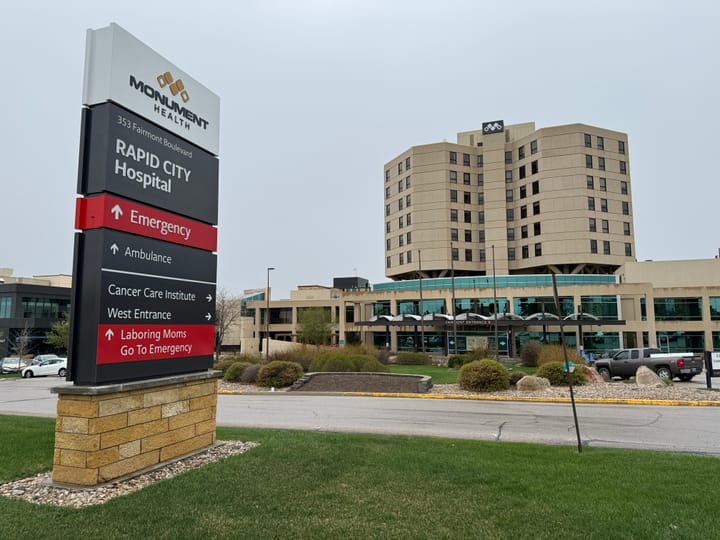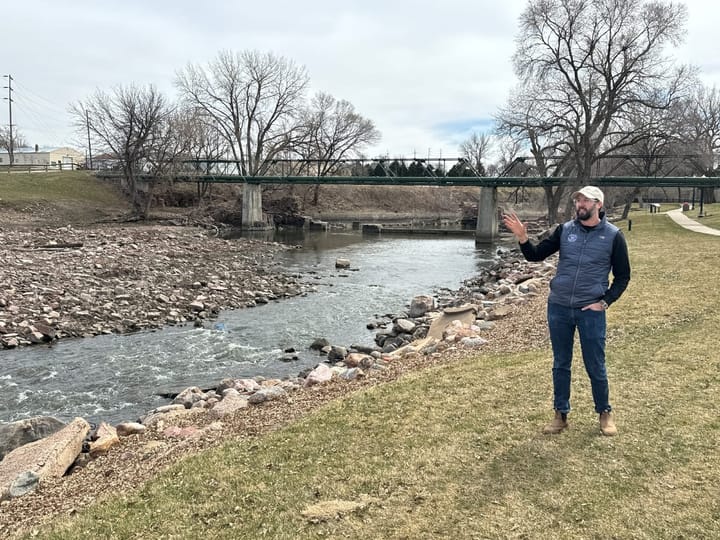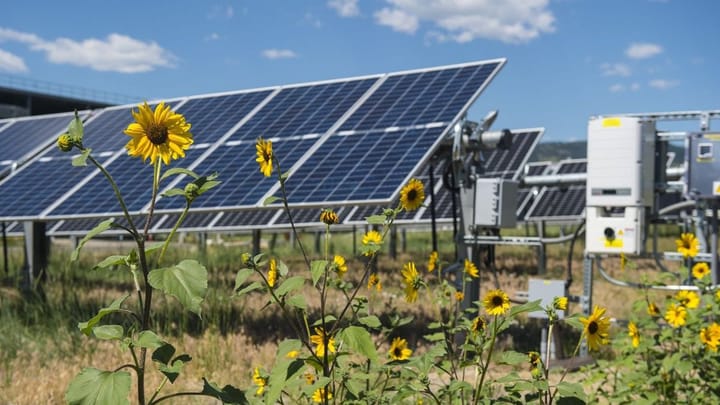Jobs abound, but low wages hamper South Dakota workforce
Jobs are plentiful in South Dakota, but most positions pay far below the national average and lower than neighboring states.
In fact, South Dakota has the third-lowest average wage for employed people in the country behind only Arkansas and Mississippi. A News Watch analysis shows that the lowest-paying jobs — in office support, food service and sales — dominate the state workforce.
Despite attempts to lure new employers and improve pay for workers, the state has made little progress over the past few decades. After languishing near the bottom for years, the state had the lowest average pay in the nation in 2008 and has moved up only two spots since then.
The News Watch analysis of 2017 wage data from the Bureau of Labor Statistics within the U.S. Department of Labor showed that:
- Roughly 21 percent of employed South Dakota residents, about 87,000 people, make under $30,000 a year; 41 percent of employed South Dakota residents, about 169,400 people, make under $35,000 a year, and 71 percent of employed South Dakota residents, about 292,000 people, make under $40,000 a year.
- Out of the 50 states and the District of Columbia, South Dakota is third lowest in average annual pay at $40,770, with the national average at $55,470. The state is also at or near the bottom nationally for average pay in several occupational sectors, including office and administrative support (51st), architecture/engineering (51st), education (50th), production workers (50th), life/physical/social sciences (50th), construction and extraction (50th), arts/design/sports/media (50th), computer and mathematical (49th), community and social services (48th), legal (47th), transportation and materials movement (45th), community and social services (47th) and business and financial operations (44th).
- While doctors, medical specialists, dentists and CEOs are among the highest paid, the support staffs that work for them are among the lowest paid.
The numbers also show that South Dakota’s employment base is dominated by low-wage support service and food industry jobs. The three largest employment groups are office administration and support (15.3% of all jobs, $31,340 average annual salary), sales/related occupations (11.3% of all jobs, $37,130 average annual salary) and food preparation/serving (10.2% of all jobs, $22,610 average annual salary.)
People who don’t have technical training or a college degree are at a huge wage disadvantage in South Dakota, according to the federal wage data.
New Republican Gov. Kristi Noem, acknowledging the need for wage improvement, advocated in her first statewide address for the creation of new apprenticeship programs and job-skills training in the state K-12 education system that could increase opportunities and job-readiness of high school graduates.
“South Dakota does a lot of things right, but our economy has fallen behind,” Noem wrote to News Watch in an email.
Noem said she will work to remove barriers to business expansion and growth, and also seek ways to improve opportunities for South Dakota workers to better themselves.
“I want to make South Dakota a state where if those wage earners have the drive and desire to earn more, they can,” Noem wrote.
The state received some good news in January when the TruShrimp aquaculture company announced it would build a shrimp farm in Madison and eventually create up to 150 jobs, though state officials refuse to release what those jobs may pay.
In the meantime, thousands of South Dakota residents are among the working poor who take on a second job or need assistance to make ends meet, and it appears there is no easy answer to raising salaries in a rapid, meaningful way.
“There’s an awful lot of people in south Dakota who are really struggling and working hard to make ends meet,” said state Sen. Reynold Nesiba, D-Sioux Falls, who is an economics professor at Augustana University. “It seems like there’s a race going on between prosperity and poverty in South Dakota and I think poverty is winning.”
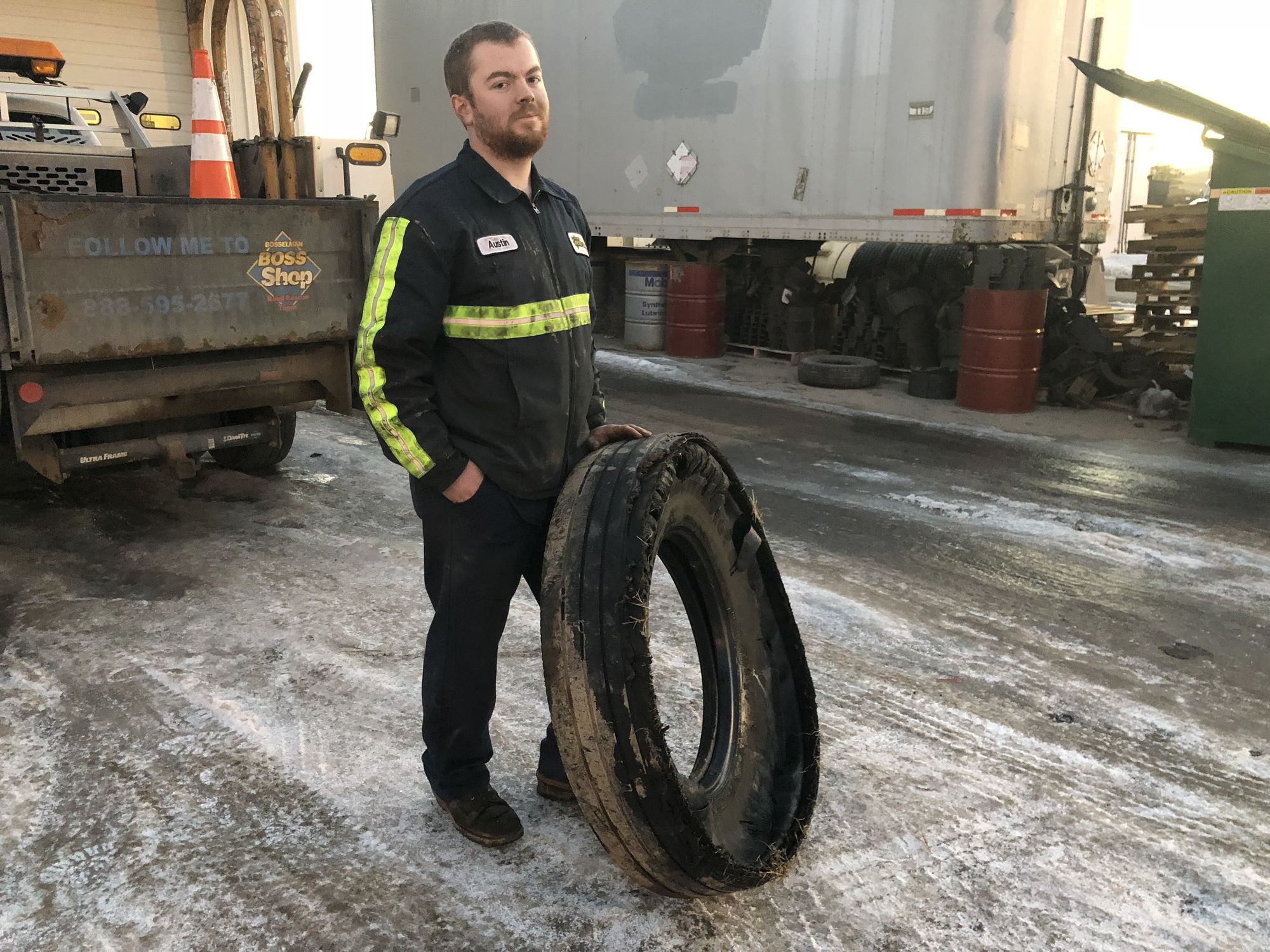
Moving away for better pay
South Dakota’s history of poor pay stems from several factors. The rural nature of the state tends to limit business opportunities. The state has only limited manufacturing employers, a minimum of white-collar jobs outside the Sioux Falls area, and an economy focused largely on tourism and the service industry. A shortage of highly educated workers hampers efforts to lure high-tech employers while low union membership reduces the ability of workers to organize and demand higher pay.
One consequence of low wages is that highly skilled and well-educated workers, including teachers and professionals, flee South Dakota for other states in order to make more money.
Nesiba said his two adult sons are both computer software developers who moved away for better jobs in other states.
“I would love to have them back here, but I can’t imagine there will ever be jobs that pay enough to entice them to come back to South Dakota,” Nesiba said. “With higher levels of student loan debt, and combine that with lower wages, and you can see why many of our best and brightest are leaving for other states. It’s a chronic problem for us to be able to attract and retain a workforce in South Dakota, and a lot of that is about wages.”
Beyond college graduates, other skilled workers are leaving the state for higher salaries.
Austin Shook, 20, is a native of Edgemont, S.D., who now lives in Rapid City where he attends Western Dakota Tech in the diesel mechanic program.
Shook now works at the Boss Truck Stop off Interstate 90 west of Rapid City, where he makes $13 an hour, or about $32,000 a year after bonuses. He said many young adults and some middle-aged students at the technical school are working full time and make less than $30,000 a year. He said full-time mechanics he knows are paid between $35,000 and $40,000 a year in western South Dakota.
“With a house and family and kids, I don’t know how they’re making it on that,” Shook said.
His plan is to finish his associate’s degree in May and then immediately apply for jobs at coal mining operations in and around Gillette, Wyoming where he knows he can make $50,000 a year to start with the potential to earn about $75,000 a year as he gains experience.
“I don’t dislike it here but there’s much better jobs elsewhere,” Shook said. “For now, I’m stable but later down the road in life, I don’t know if I could make it on the salaries paid around here.”
Finding a job is not hard in South Dakota, where the November 2018 unemployment rate was 3.0 percent, 11th lowest in the nation but still higher than the neighboring states of Iowa (2.4%) and Minnesota, Nebraska and North Dakota (all 2.8%).
Finding a job that carries benefits and provides a livable wage is tougher, however.
Lisa Johnson, manager of the state Job Service offices in Watertown and Sisseton, said a wide range of positions are typically open in northeastern South Dakota.
In mid-January, a job offerings analysis showed 428 position open in Clark, Codington, Deuel, Grant, Hamlin and Roberts counties, with the top occupational groups with openings as production, sales and related, education/training/library and farming/fishing/forestry.
Johnson, who said her agency does not track or list pay rates for open positions, said finding a job that pays a livable wage varies by job-seeker depending on their age, experience, skill set and education level.
“It’s hard to put a number on that because every city in South Dakota is different, though housing is high all over, so it depends on what that person’s mindset is and what is a good job to them and what lifestyle they want,” said Johnson. “For somebody who just wants a place to live and have a car, that number is different than somebody who might have a college degree and wants to own a home.”
South Dakota consistently ranks low among all states for its tax burden, though the sales tax that funds much of government is regressive in nature in that people from all income levels pay the same rate. As far as overall cost of living, South Dakota falls into the middle of the pack nationally.
The cost-of-living index allows for comparison among states on the prices of a variety of goods and services such as food, housing and transportation. A lower number and ranking indicates a lower cost of living. For example, to buy a $1 item would cost 98 cents in South Dakota compared to the rest of the nation, while that same item would cost about $1.08 in Montana. In the rankings, South Dakota has the 24th lowest cost-of-living index in the country, while Wyoming has the fifth-lowest in the country and Montana had the 34th lowest, making it comparably the most expensive state in the region, according to data from the Council for Community and Economic Research.
The wage data for South Dakota looks bad overall but may obscure just how tough things are in some specific areas.
Low wages and high housing costs force many workers in the tourism town of Custer in the southern Black Hills to struggle financially or find creative ways to get by, said Mayor Corbin Herman.
“It’s something I think about every day,” Herman said.
The cost of living in Custer is so high, Herman said, that a $30,000 annual salary doesn’t go far.
“If I’m making the same wage in Custer as somebody in a similar town in eastern South Dakota, I’m probably making half of what they’re making or a third less,” he said. “I think it’s that drastic.”
As mayor, Herman said there is little local governments can do to raise salaries but he is working to lower rents and the overall cost of living in the town of about 2,000 people. For now, he said, the situation is almost untenable for many in the service and restaurant industries that prevail in the town that over the years has lost major employers such as a sawmill, a state hospital and the Star Academy for youthful offenders.
“You can’t pay somebody $70,000 a year to flip burgers, but you still need the worker and that worker still needs a place to live,” Herman said. “The employees get a little bit more creative; maybe four or five will live in small house or rent a trailer home outside town to make ends meet.”
As is common elsewhere in South Dakota, poor pay levels in Custer are often accompanied by a lack of benefits provided to workers, Herman said.
“I would be doubtful that there’s a lot of health insurance and retirement options out there for them,” he said. “I feel bad for the people who are living at that level.”
Lowest average annual wage in Great Plains
Here is a look at how the annual average salary for employed residents of South Dakota compared to neighboring states and the 50 states and the District of Columbia in 2017.
State. Avg. annual salary National rank
Minnesota $52,730 13th
U.S average. $50,620 ——-
North Dakota $48,130 24th
Wyoming $47,650 25th
Nebraska $45,530 31st
Iowa $44,730 37th
Montana $42,400 44th
South Dakota $40,770 49th
Sources: U.S. Bureau of Labor Statistics, 2017 data
Focusing on education and workforce development
Nesiba said improving wages will require more effort on the part of lawmakers to expand educational opportunities both at four-year colleges and at technical schools. He supports implementation of government-assisted pre-kindergarten programs that are common in other states. And he wants the focus on workforce development to include more efforts to lure high-paying companies to the state.
“As a policymaker, education is economic development, and we shouldn’t be distracted from that,” he said.
Improving education will lead to more skilled workers that will encourage businesses to increase wages, leading to more spending overall and a reduced need for government assistance, Nesiba said.
Noem said the credit card industry coming to the state in the ‘80s was the last “big thing.
“It’s time to start looking for the next “big thing,” she said.
She said the state will:
- Identify targeted industries and market to attract the most innovative companies in those sectors.
- Over the next six weeks, GOED [the Governor’s Office of Economic Development] will develop and roll out a new, more user-friendly website that is more responsive to the needs of existing South Dakota businesses and those interested in moving here.
- Draw on traditional strengths as an agricultural state by seeking out more value-added processing opportunities. We’ll enhance outlets that will benefit farmers and small communities.
- Become a leader in cybersecurity by capitalizing on the success of DSU’s cybersecurity program.
Identifying new opportunities will generate high-paying jobs and build an economy to bolster South Dakota’s business environment for the next generation for a better life, she said.
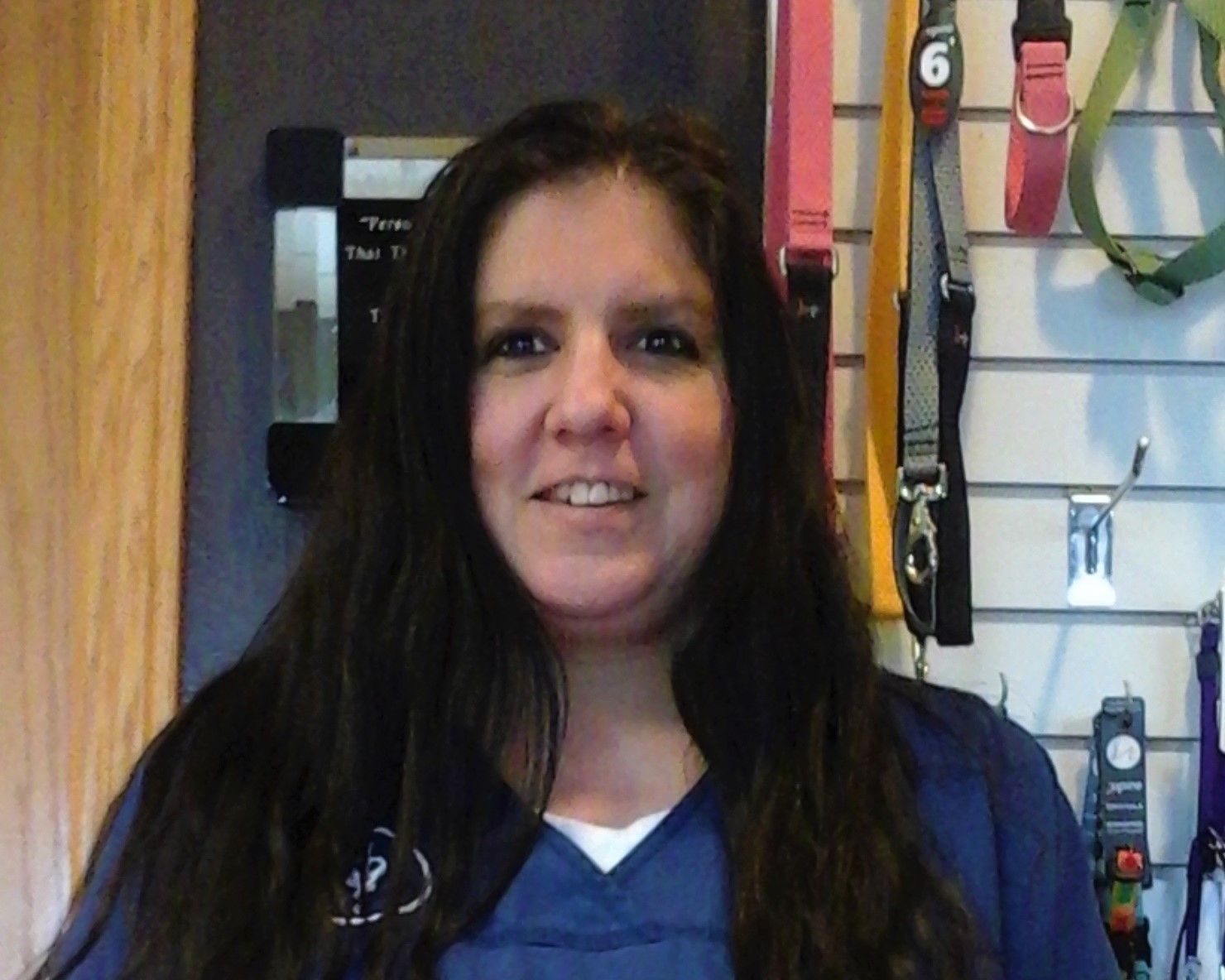
Success takes commitment
For those at the lower end of the wage scale in South Dakota, basic survival takes commitment and fortitude.
Robin Baldwin of Sioux Falls is a Michigan native who moved to South Dakota in 1993 to be closer to her mother. Armed with a high school degree and one year of college, she worked several years as a waitress before getting married and staying home to raise her three children and another unrelated child whose mother was murdered.
She spent eight years as a stay-at-home mother before a divorce forced her to reenter the workplace. Baldwin sought help by getting job skills and placement assistance through two intensive programs run by Dress for Success Sioux Falls. The nonprofit group provides women with the attire, job skills, mentoring, financial literacy training and emotional support to find and keep a good job and has clients that range in age from 18 to 78, said Lori Strasburg, a program manager at the group.
With that training, Baldwin, 45, landed a job at a veterinary office in Sioux Falls as a receptionist and a full-time wage of $10 an hour, or about $21,000 a year.
Not long after landing the position and obtaining a steady income, Baldwin said she lost her rent subsidy from the Sioux Falls Housing Authority and later was dropped from the federal food stamps program and lost Medicaid coverage for her son who has Type 1 diabetes.
Baldwin received raises at the vet clinic to $11.50 an hour and now makes $14.50 an hour, or about $32,000 gross pay a year. Like other support staff workers in South Dakota, she finds that her net pay of about $2,000 a month doesn’t go far.
She pays $795 a month in rent; chips in $100 a month to help her son, now an adult living outside the home, buy insulin; has utility bills of about $235 a month; and spends about $400 a month on groceries. She rarely eats out, shares a cell phone with one of her sons and drives a 1999 Pontiac Grand Am that is only somewhat reliable. She said she cannot afford to join her company medical plan and is unable to afford a $350-a-month health insurance plan offered on the federal Affordable Healthcare Act marketplace.
Her regular monthly bills allow her about $400 a month for gas and other expenses, but nothing for savings or retirement. “I try to save but it seems like something always knocks you back and you have to pay for that,” Baldwin said.
Strasburg said many of the women she assists have child-care challenges, transportation issues and a lack of job skills or experience, so even a job that pays well below the statewide average of $40,770 a year would be a big step up.
“A $30,000 job, sadly, would be a good place to start for these ladies,” she said.
When Baldwin was asked to describe her current financial situation while making about $32,000 a year, she said, “I’m doing the best that I can, and striving.”
Baldwin worries most about the long-term health of herself and her sons, but also whether her car will start or about what would happen if she suffered a crisis like a broken leg or other acute medical of financial issue.
“I would be up the river,” she said. “I have thought about a setback and that worries me because I don’t have any backup for support.”
Baldwin said she joked to her son the other day that maybe she should quit work and go back on government housing, food and medical assistance. “When I wasn’t working, at least I knew there was going to be food on the table and a roof over our heads,” she said.
That notion was quickly rejected. She said she enjoys her work and is now seeking a higher-paying administrative job in the health care industry. She would love to someday go back to technical school and obtain a business degree of some sort.
She also insists on being a positive role model for children and other people she knows who are living on the margins.
“With working, it feels good to pay my own way,” Baldwin said. “I feel really independent and proud of myself for how far I’ve come, and I don’t want to go back.”
Who makes what in South Dakota?
This chart includes a breakdown of all jobs in South Dakota by category with the average annual salary and the occupational category’s percentage of the overall jobs in the state in 2017.
Job category # of jobs Avg. salary % of jobs
All jobs 413,100 $40,770 100%
Management 11,820 $104,770 2.9%
Biz/finance 19,110 $63,290 4.6%
Computer/math 8,040 $64,020 1.9%
Architecture/eng. 4,750 $67,040 1.1%
Life/social science 3,920 $54,400 1.0%
Comm/Soc. svcs 6,370 $39,920 1.5%
Legal occupations 1,810 $74,830 0.4%
Educ./library 24,410 $41,260 6.0%
Arts/design/media 5,340 $38,460 1.3%
Healthcare/tech. 30,750 $71,080 7.4%
Healthcare support 10,680 $28,780 2.6%
Food prep/serving 42,030 $22,610 10.2%
Bldg clean/maint. 17,260 $25,850 4.2%
Personal care/serv. 15,020 $25,440 3.6%
Sales/related occup. 46,720 $37,130 11.3%
Office support 63,290 $31,340 15.3%
Farm/fish/forestry 1,640 $30,400 0.4%
Const./extraction 22,020 $39,320 5.3%
Install/repair 16,150 $45,850 3.9%
Production 32,120 $34,020 7.8%
Transport/move 29,850 $33,800 7.2%
Source: U.S. Bureau of Labor Statistics, 2017 data

